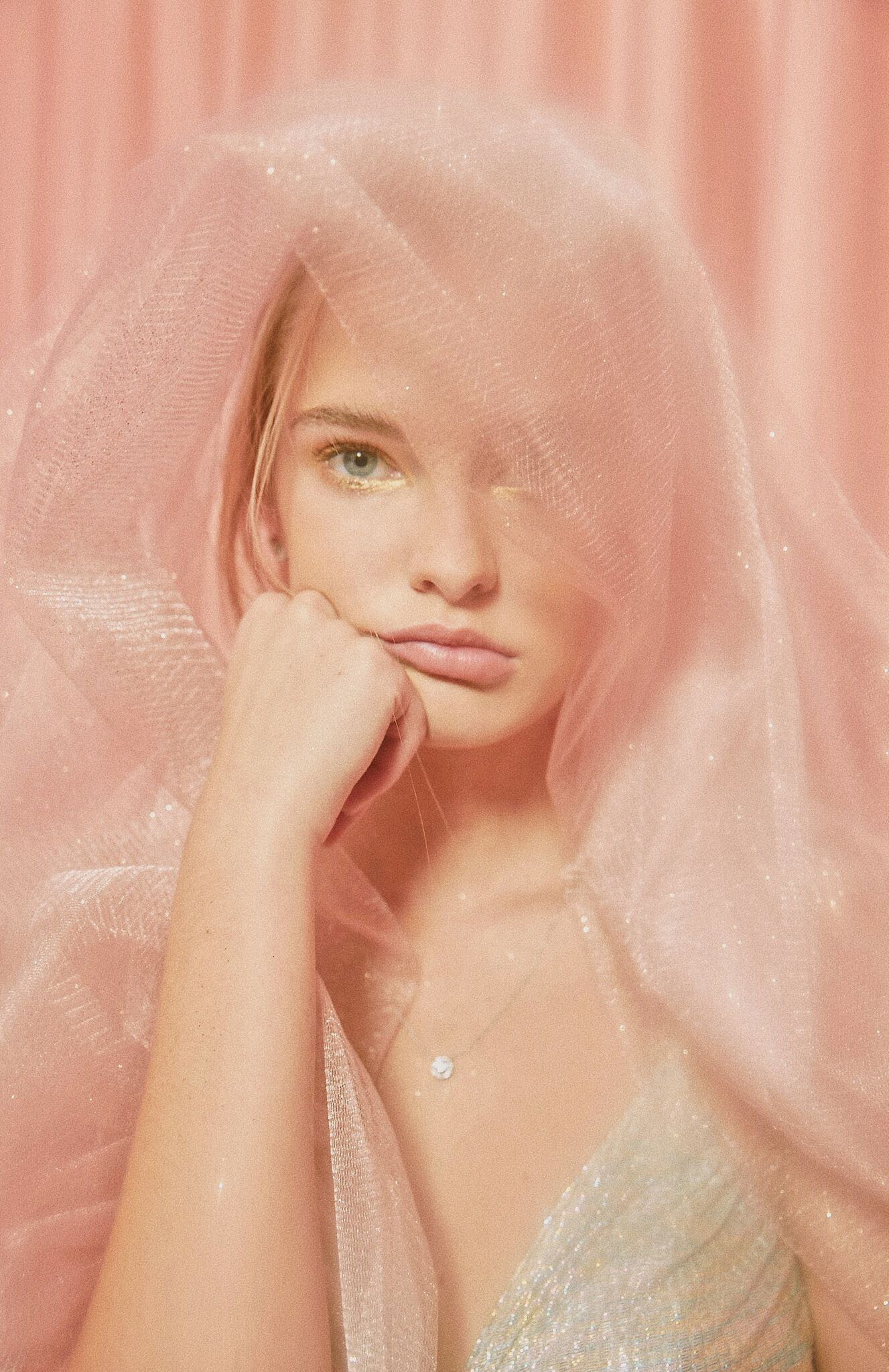Stephen Lussier, the veteran De Beers executive who nowchairsits newly formed consumer products division (which consists of Forevermark, De Beers Diamond Jewelers, and lab-grown line Lightbox) as well as the Diamond Producers Association (DPA), spoke to JCK following the Forevermark breakfast at JCK Las Vegas on May 30, which included a speech by Botswana’s first lady, Neo Masisi.
Here, he talks about how the bridal jewelry market is changing, why De Beers is hosting Botswana’s first couple, and Lightbox’s real purpose—and its future.
At this morning’s breakfast, you introduced a new line of Forevermark bridal jewelry, which, in something of a shift, Forevermark will manufacture itself. What made you take that step?
It recognizes that the bridal market is changing, and the bridal consumer is changing. The way in which you need consumers to think about the significance of the diamond is different. Historically, people thought about a diamond at the beginning of your commitment relationship. Now, you are generally not. There’s a lot of other steps along the way that already show commitment—whether it’s buying a pet, or living together, or you have the house. As a result of that, the diamond can seem less important. What our research shows us is that, actually, when people have been married for five years, the diamond is more important, but that’s over time, and it’s not in their minds in the beginning. So you need to work hard in the way you make them understand this is something that is going to be important to them. And that’s a different communication task.
Why we’re doing the collection is, consumers are increasingly engaged in the sector through the lens of brands, because the way they get their information now is through digital media, and digital media is a very brand-driven environment. And they expect to engage with us on the whole piece, not just the diamond. We still sell loose diamonds for engagement, we have manufacturers and jewelers creating their own pieces. But to compete effectively in an omnichannel environment, you need to control that interaction with the consumer.
How is that reflected in the advertising?
The campaign is designed to get people to understand that a diamond is going to play a role in their whole life. If you look at historic diamond advertising, it’s all focused on that extraordinary moment where a man asks a woman to marry him. The reality is, for most people, that moment isn’t what it was, and what you need to make people understand is the role the diamond will play in their life. In the new advertising, we show not only engaged couples, but people who have been married for 50 years, and how the diamond is still part of their life. That changes the way people think about it, and it raises the priority of the diamond in their list of expenditures.
People, particularly the millennials, are under financial stress. In some cases, they already have children. To get them to prioritize the importance of it, you need to get them to think about it as a lifelong joy creator for them.

